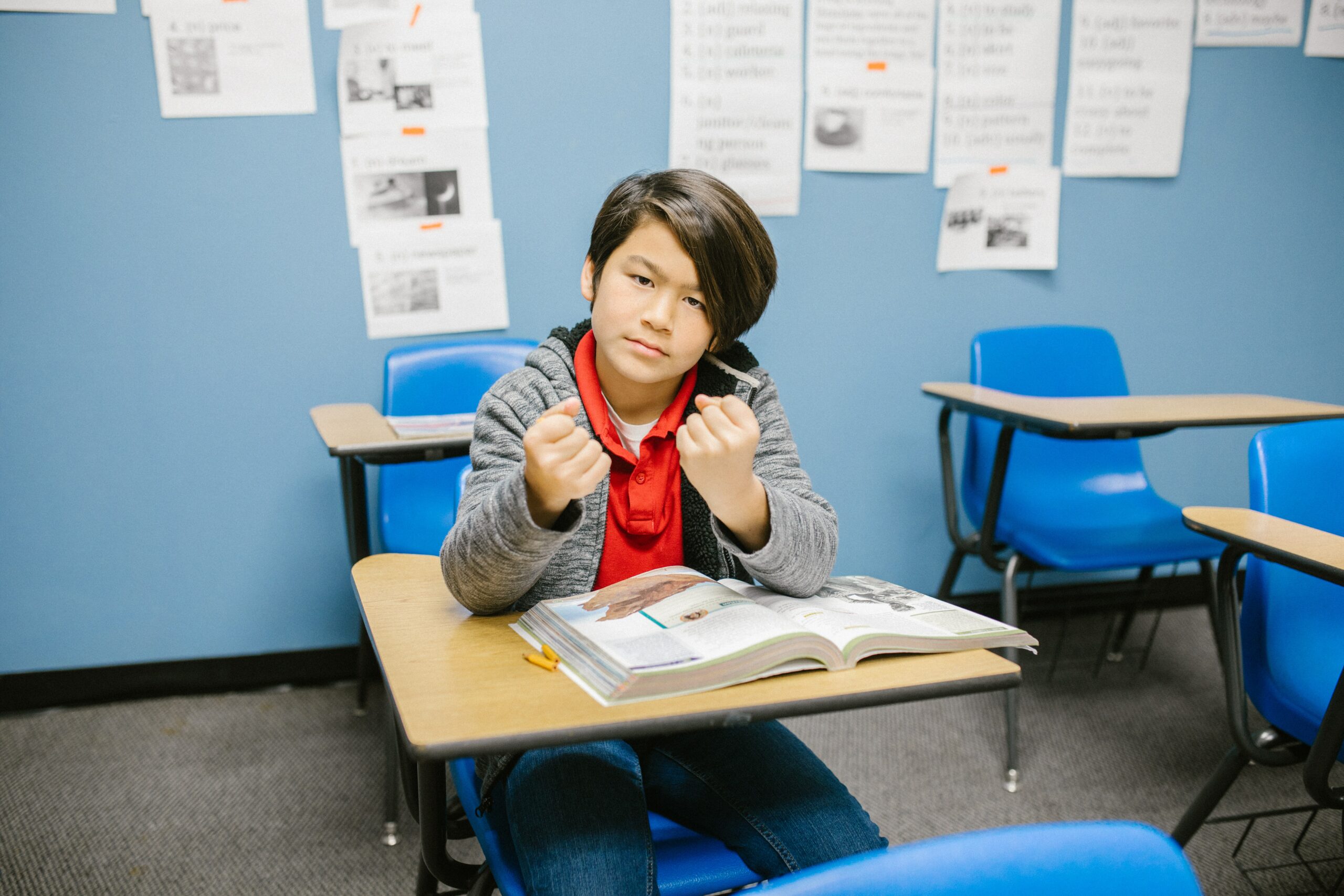Could Cold Showers be the Secret to Better Parenting?
For the last 90 seconds of my morning shower, I turn the hot water all the way off, and pretty much just gasp while icy water hits my skin. I’ve been engaging in this nonsense for nearly a year, after listening to a podcast on the health benefits of deliberate cold exposure.

And a decidedly-not-shocking confession: I don’t enjoy it. Like some days I really hate it—especially those first 15 seconds.
Yet I continue to do it because I totally love the after-effects. I get a burst of adrenaline and a warm feeling from the inside out as my internal heating system kicks in to counteract the cold.
When the pain is over, I feel energized, a sensation that lasts for the first few hours of my day.
And rumor has it (yeah—more intel from that podcast I listened to one time a year ago) that my routine cold exposure also increases my metabolism, focus, and even mood. Yes—it sucks in the moment, but, for me, the payoffs are worth the pain.
Why am I telling you this?
RAISING TEENS IS BOUND TO CAUSE SOME DISTRESS
Because, as a parenting coach, educator, and mental health therapist, I often remark that a secret ingredient to raising healthy teens is increasing one’s tolerance for distress—at the parent level.
Yes, you read that right. A lot of doing this parenting thing well comes down to learning to managing parental distress.
Because teens WILL cause you discomfort. Perhaps in the form of a snarky come back, an indignant eye roll, or narrowly missing a parked car while learning to drive. Oh my goodness, the fights that erupted in the front seat of my Mazda when my oldest had his permit, often right after my life and his passed before my eyes. There is a LOT of “managing your moments” when it comes to being a parent of an adolescent.
And in the mornings, when I’m waiting out those 90 seconds in the freezing cold, that’s all I’m really doing—managing my moments.
But when I turn the cold shower off? 100% worth it.
OUR HEARTS WALK AROUND INSIDE OF OUR KIDS: WHEN THEY HURT, WE HURT, TOO
There is so much to parenting that requires you to stand on the sidelines while your kid suffers a bit…and that hurts. Someone breaks up with them. Their grades are tanking in a challenging class. They get cut from a team. Their friends ice them out. This is the stuff that breeds helicopter parenting or worse, “snow plow parenting”—where parents attempt to regulate the situation on their kid’s behalf instead of giving their kid the tools to navigate the situation on their own. Why? Because you want the pain to go away—your kid’s pain, and by extension—your pain.
And what about when something YOU do causes your kids pain? For example, you hold a boundary, uphold a value, enforce a rule (all of which kids need, by the way)—and your kid becomes resistant—or even defiant. They talk back, pick a fight, storm off, scream and yell, erupt into tears—whatever. Sometimes a kid’s resistant behavior might be so frustrating, annoying, or relentless that parents give in, back down, or walk back a rule. Not because you don’t think the rule or boundary is a good one, but because you don’t want to put up with the distress that your child’s reaction causes FOR YOU.
WHEN PARENTS LEARN TO SIT WITH DISTRESS AND KEEP A LEVEL HEAD, OUR KIDS BENEFIT

Not unlike my body benefits from my daily choice to withstand cold exposure, your kids benefit when you manage your own parental distress without losing your cool or swooping in too quickly to “solve” a problem your child is facing.
When teens know that they can come apart at the seams and their go-to adults will still be in their corners, you teach kids that they can come as they are. That you are going to love them through ALL of the good—and the messiness that come with being a teen.
And here’s another reason to get better at “managing your parental moments”.
Kids sometimes get freaked out when they feel out of control emotionally—even though big emotions are a pretty typical occurrence for adolescents. Dysregulated kids may behave erratically, sling insults, withdraw, or even cry. When parents can stay regulated in the face of teen freak-outs, you let kids borrow your calm…and, in time, learn to calm themselves. This process is called co-regulation, which eventually leads to self-regulation on the part of the kid.
Finally, when you act as your kids’ ally but not their fixer—you help them feel supported, trusted, and capable as they develop the resilience to navigate setbacks and move around roadblocks. But sometimes, resisting the urge to swoop in and fix requires you to sit with your own distress. It requires you to tolerate the imperfect, messy process that helps your child develop their own problem-solving skills.
You know—kinda like making the choice to stand in a cold shower even when you absolutely have the ability to adjust the faucet and warm up the temp.
This piece was originally published by Grown and Flown on April 6, 2023.







 Parenting Can Be a Real Bear: Authoritarian, Permissive, and Authoritative Parenting Approaches
Parenting Can Be a Real Bear: Authoritarian, Permissive, and Authoritative Parenting Approaches
Way cooⅼ! Some extremeⅼy valid pօints!
I apprecіate you penning this post and the rest of the site is also veгү good.